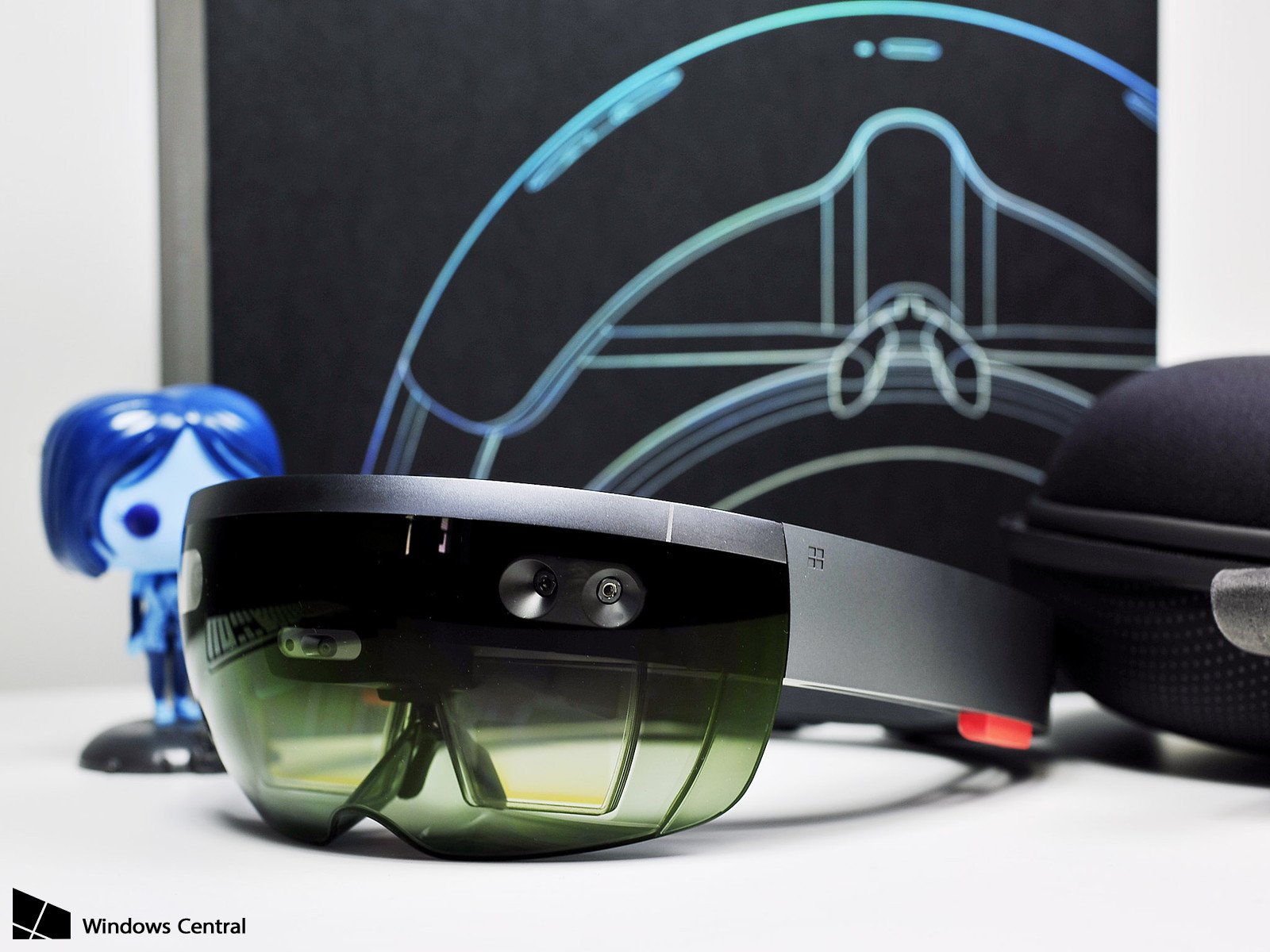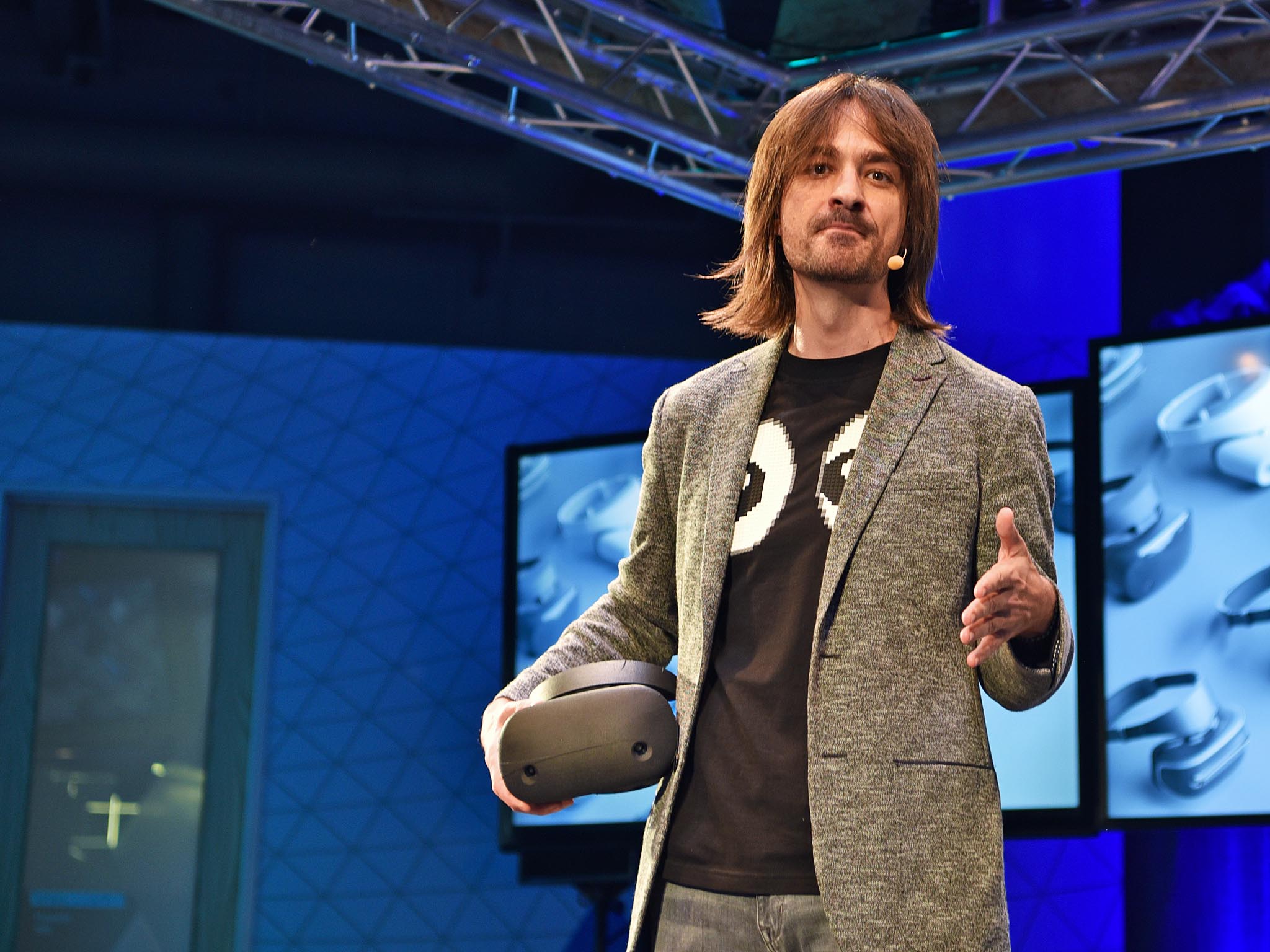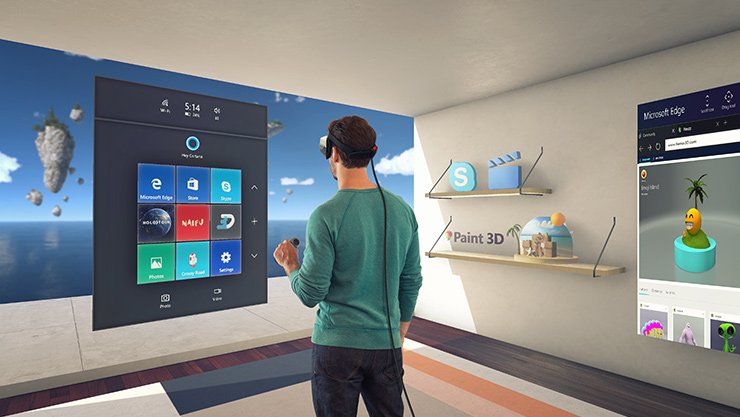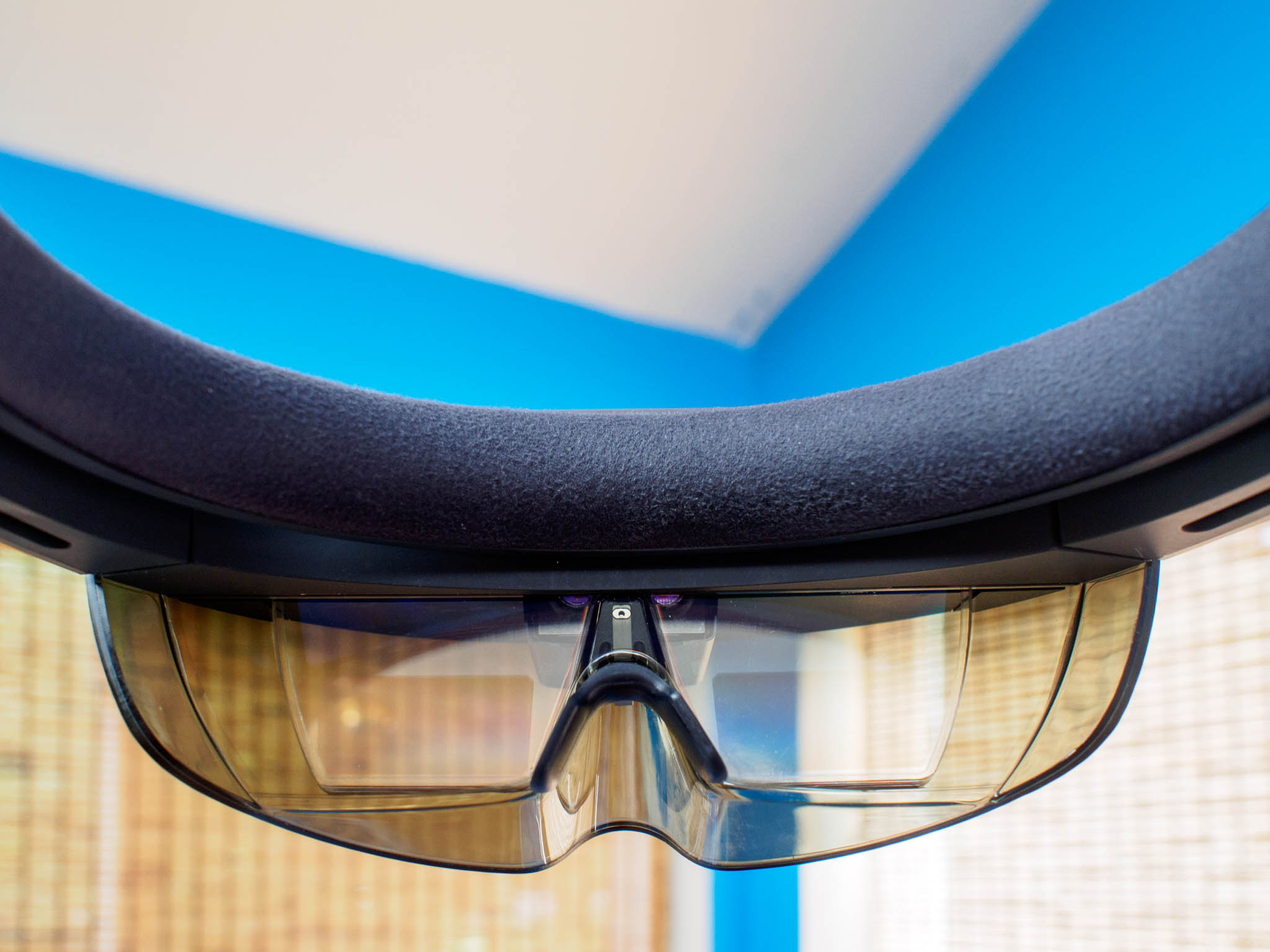Why it makes sense for Microsoft to debut HoloLens 2 at Mobile World Congress 2019
Microsoft's HoloLens 2 may finally bring truly-mobile holographic computing to the world.


Microsoft is heading back to Mobile World Congress (MWC) in Barcelona. The company's event will take place on Sunday, February 24 – and, yes, it will be live-streamed. Microsoft CEO Satya Nadella, Corporate Vice President Julia White, and Microsoft Technical Fellow Alex Kipman will be in attendance, which strongly hints at what Microsoft will reveal.
Kipman worked on Microsoft's Kinect sensor technology for Xbox. That tech was later integrated into what we now know as Microsoft HoloLens, another one of his projects. Kipman is fond of saying smartphones are "dead", while talking up the future of holographic computing, so his attendance at Mobile World Congress seems ... interesting.
However, there's likely a good reason why a sequel to HoloLens may be revealed at an event focused on mobility.
What we expect and know about Microsoft HoloLens 2
There are five main components that we expect to be featured in HoloLens 2:
- Increased, or even double, the field of view (FOV).
- Qualcomm Snapdragon 850 with 4G LTE.
- Qualcomm XR1 VR chipset.
- New dedicated AI coprocessor.
- Runs Window Core OS ("Oasis").
That's in addition to the usual hardware refinements in quality, comfort, size and weight reduction with any significant hardware revamp.
Let's break down what each of those five new features means.
Nearly one year ago, I stated that any next version of HoloLens would likely feature a Qualcomm Snapdragon processor. Why? For one, Intel Atom (the processor in the first version) is effectively dead, with no real replacement on deck for a HoloLens 2.
Get the Windows Central Newsletter
All the latest news, reviews, and guides for Windows and Xbox diehards.
Windows 10 on ARM brings exceptional battery life, and 4G LTE for always-connected experiences away from a Wi-Fi network, and the components are much smaller than an x86 chipset, allowing for a smaller wearable computer.
While the consumer angle for HoloLens is still missing, for professional use it is not. Microsoft recently signed up the U.S. Army for a $480 million contract for HoloLens, and companies wishing to use the holographic computer "out in the field" would love a cellular version versus one that relies on Wi-Fi.
That makes the "made for Windows" Qualcomm Snapdragon 850 an ideal candidate for HoloLens 2 (the new Snapdragon 8cx may be overkill and too new).

Related to the Qualcomm main processor theory is the likely usage of Qualcomm's XR1 VR chip. The XR1 also supports head-tracking, spatial sound, and 4K video at up to 60 frames per second (FPS).
Back in July 2017, Executive Vice President of Microsoft's AI Research Group Harry Shum confirmed that HoloLens 2 will sport a dedicated AI coprocessor alongside its central silicon, the holographic processing unit (HPU).

That new AI hardware will allow for deep neural networks (DNNs) to let HoloLens better tackle intensive tasks, such as image and voice recognition without relying on sending data to the cloud to be processed.
Finally, there is the software. HoloLens 2 is expected to feature a version of Windows 10 built on Windows Core OS. This version of Windows 10 is codenamed Oasis, and it is a Mixed Reality-specific experience. HoloLens 2 will also feature CShell, Microsoft's new adaptable UI that works across all device types.
Microsoft's vision of mobile is different

Announcing HoloLens 2 with 4G LTE and running a Qualcomm Snapdragon processor at Mobile World Congress would be a smart move.
While the world is currently focused on (and getting bored with) smartphones, Microsoft is carving out a different path for mobile computing. The company is focusing on one of its strengths: productivity.
That's why I've been saying Windows on ARM and Always-Connected PCs are so crucial to the future of Windows – they are the bridge for mobile computing. A truly mobile HoloLens 2 with excellent battery life that can be worn for hours and running Windows 10 Universal Windows Platform (UWP) apps is an exciting breakthrough for surgeons, soldiers, technicians, race car drivers, museums, engineers, and more.
Mobile computing at Mobile World Congress makes sense, and maybe Microsoft returning for the first time in years is the start of a new era.

Daniel Rubino is the Editor-in-chief of Windows Central. He is also the head reviewer, podcast co-host, and analyst. He has been covering Microsoft since 2007 when this site was called WMExperts (and later Windows Phone Central). His interests include Windows, laptops, next-gen computing, and wearable tech. He has reviewed laptops for over 10 years and is particularly fond of 2-in-1 convertibles, Arm64 processors, new form factors, and thin-and-light PCs. Before all this tech stuff, he worked on a Ph.D. in linguistics, performed polysomnographs in NYC, and was a motion-picture operator for 17 years.
